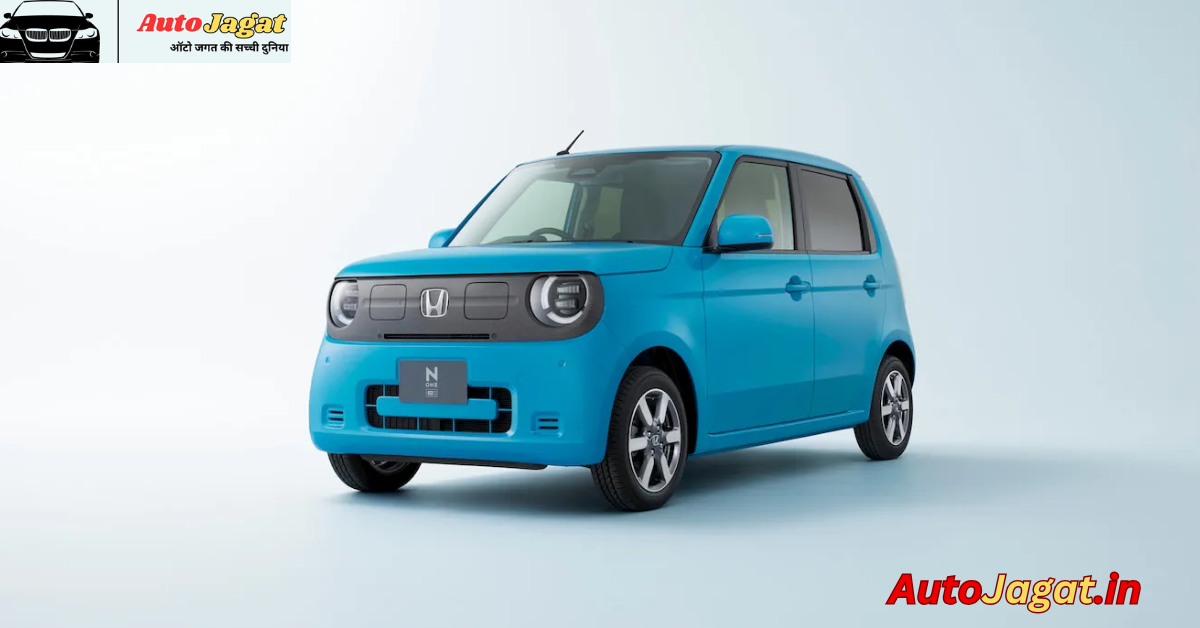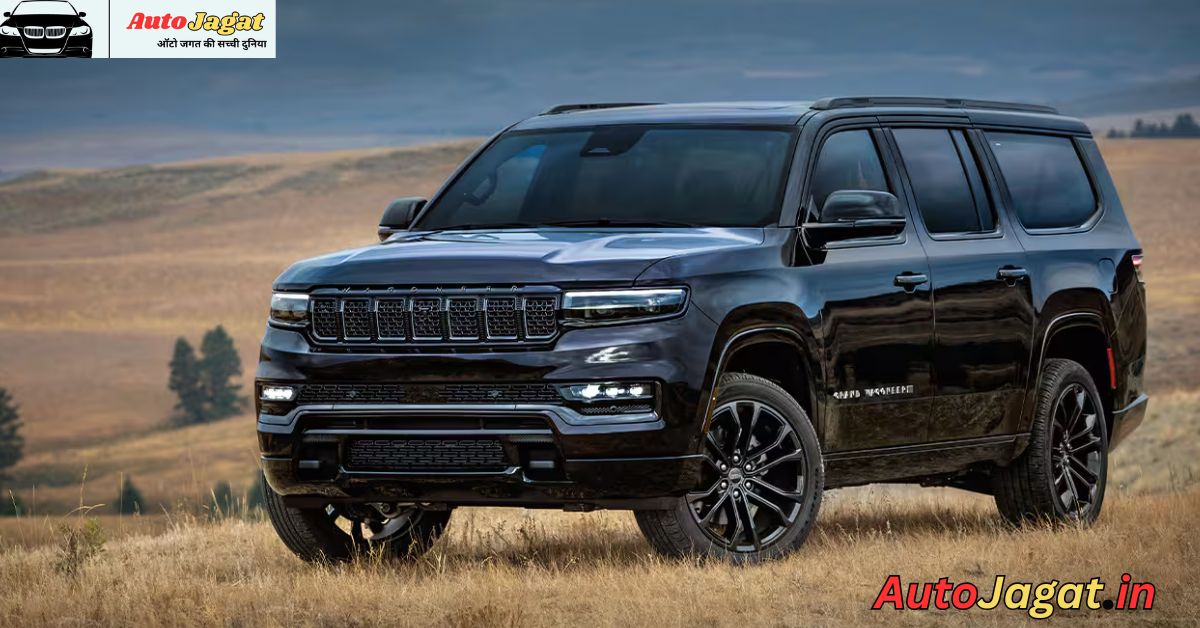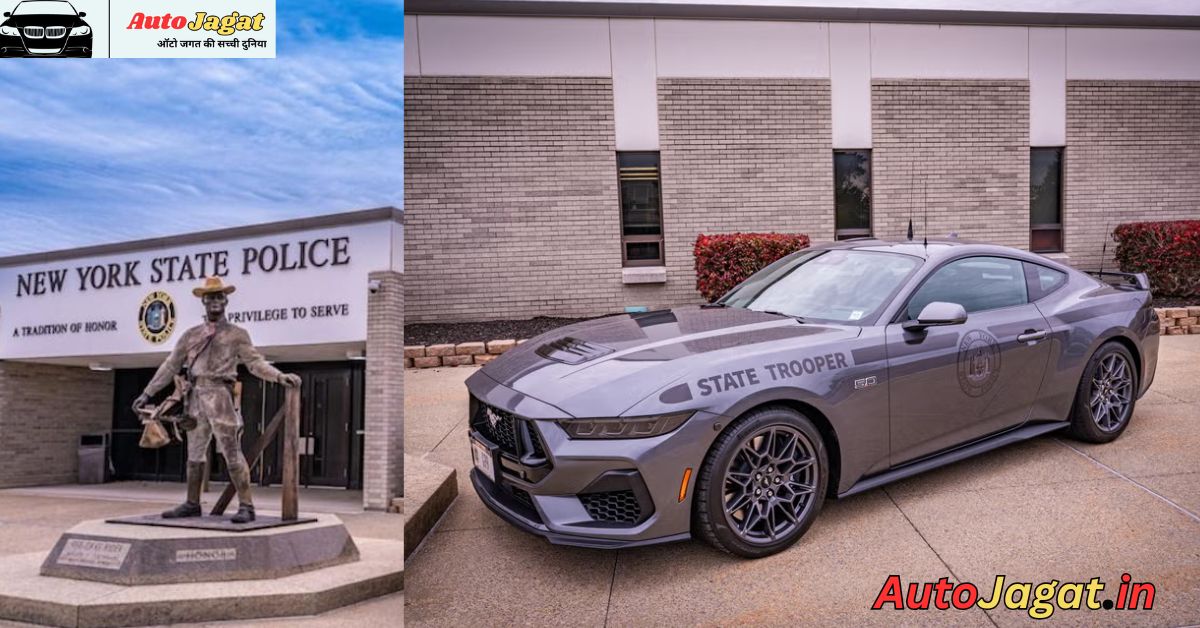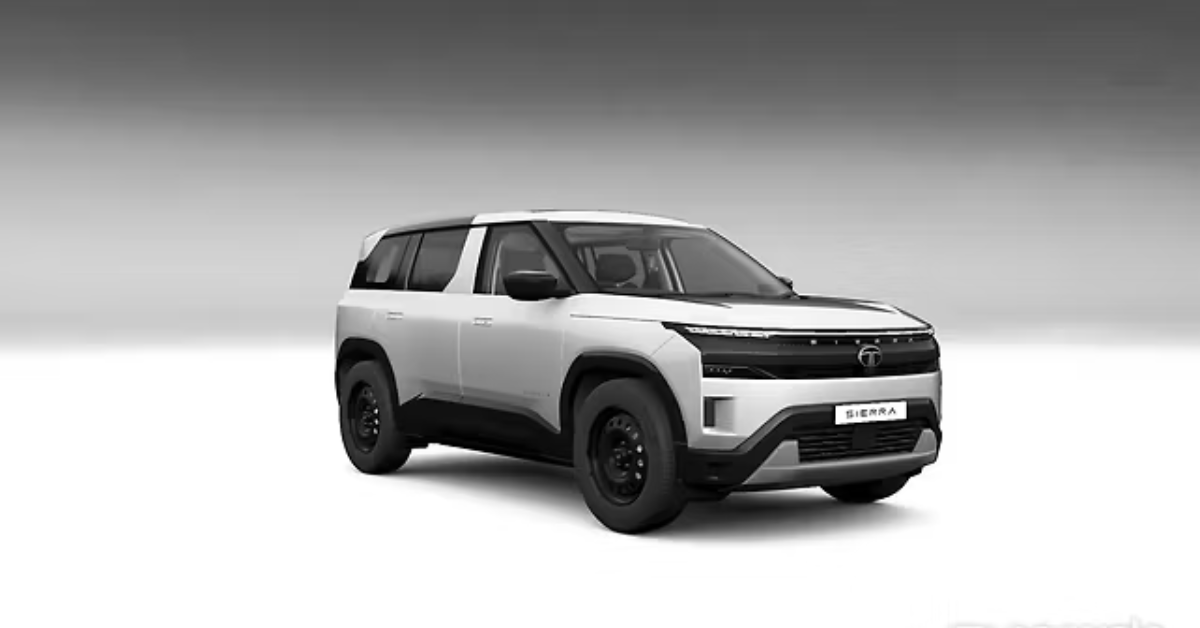In a world increasingly dominated by giant electric SUVs and high-performance crossovers, Honda’s newly unveiled N‑One e: stands out. As the brand’s smallest EV to date, this compact kei‑car delivers surprising capability, smart utility, and unmistakable charm — all wrapped in a design that redefines the meaning of “big things come in small packages.”
1. Origins & Positioning: Embracing the Kei‑Car Tradition
Honda has long been a key player in Japan’s kei‑car segment — micro vehicles defined by strict size limits (max length 3.4 m, width ~1.48 m) to enjoy tax and insurance benefits. The N‑One e: is the electric iteration of the retro‑styled N‑One, itself a beloved model since 2012. Unlike Honda’s commercial N‑Van e:, which debuted in 2024, the N‑One e: is built specifically for daily personal use.
2. Exterior Design: Retro Charm Meets EV Modernity
At a glance, the N‑One e: retains its boxy, cheerful silhouette but with a futuristic facelift. A closed‑off black grille houses dual front charging ports—one for AC and another for DC fast charging—neatly integrated either side of the Honda logo. Round LED headlights, clean bumpers, and 14 in six-spoke wheels complete its friendly appearance.
Honda offers five vibrant color options: Cheerful Green, Fjord Mist Pearl, Seabed Blue Pearl, Platinum White Pearl, and Lunar Silver Metallic—each amplifying its retro‑modern personality.
3. Powertrain & Driving Range: Small But Capable
Under the smooth body panels lies a powerplant likely shared with its sibling N‑Van e:. Expect a single electric motor capped at 63 bhp, adhering to kei‑car regulations. Despite the modest output, Honda claims a WLTP‑rated range of over 270 km (about 167 miles)—a small‑car record and an improvement over the N‑Van e:’s ~245 km range.
Thanks to the 29.6 kWh battery and support for 50 kW DC fast charging, the car can replenish most of its juice in around 30 minutes—ideal for city dwellers needing quick top‑ups.
4. Interior & Features: Smart Simplicity
Stepping inside reveals a clean and practical cabin design built around simplicity. Unlike modern cars laden with screens and touch sliders, the N‑One e: offers real physical buttons and knobs—climate controls, volume dial, push‑button gear selector—all immediately intuitive.
Beneath the driver’s display runs a convenient shelf for phones or small items, and Honda’s clever storage solutions are scattered throughout the cabin. The 50:50 split rear seats can fold flat for extra cargo space — perfect for errands or weekend goods hauling.
One‑pedal driving mode, activated by a button, allows users to accelerate and decelerate using just the accelerator—thanks to regenerative braking. It’s both fun and efficient.
Higher trim levels come with a 9‑inch touchscreen infotainment system (Honda Connect), integrated with satellite navigation and remote vehicle control. But lower trims use traditional layout with no screen—a nod to buyers seeking minimalism or cost savings.
5. Unique Selling Point: V2L & V2H Capabilities
Perhaps the most compelling feature is the Vehicle‑to‑Load (V2L) capability—allowing users to power appliances or gadgets directly from the battery using an optional Honda adapter. For example, heightening the car’s value as a backup during outages or at a campsite.
Even more powerful: Vehicle‑to‑Home (V2H) support turns the N‑One e: into a mobile generator during emergencies, capable of supplying household power temporarily.
6. Launch Timeline & Market Outlook
Honda began accepting pre‑bookings in Japan on August 1, 2025, with sales scheduled for fall/September launch. A European debut is expected at the IAA Mobility show in Munich later this year—although Honda has not confirmed plans for other markets, including India and the US.
No plans yet to introduce the N‑One e: in India. Honda is focusing on a new electric SUV for the Indian market, planned for 2026, and may forgo small kei‑car EVs here due to differing road and regulatory contexts.
7. Why It Matters: A New Urban EV Philosophy
The N‑One e: signals a shift in Honda’s EV strategy—from raw performance and layered tech to human‑centric utility and everyday ease. It reinvents urban driving by emphasizing:
- Minimal footprint, maximum practicality
- Reliability packaged with charm
- Emergency utility via V2L/V2H
- Affordable innovation without extravagance
Honda itself calls it a “daily partner” engineered for “ideal EV” living—small in size but big in personality.
8. Final Thoughts: A Brilliant Japanese Answer to Urban EV Needs
At around 3.4 meters long and under 63 bhp, the Honda N‑One e: is tiny—but mighty. It’s perfect for navigating Edo‑era city streets or modern-day micro-lanes with ease. With over 270 km of range, fast charging, and power‑supply capabilities baked in, this EV offers usability that rivals far larger cars.
While it may never roam Indian roads or park on U.S. curbside, the N‑One e: serves as a fascinating benchmark for urban EV design. It challenges the notion that bigger is better, proving that even the smallest car can pack remarkable innovation—and heart.

Hello, my name is Himanshu Kumar and I am an experienced Digital Marketer. I have been blogging for the last 4 years and I have special interest in SEO. Here I give you easy bikes and writes easy-to-understand reviews and news about the latest bikes, helping readers choose the best options.. My aim is to always provide you with accurate, new and useful information.





